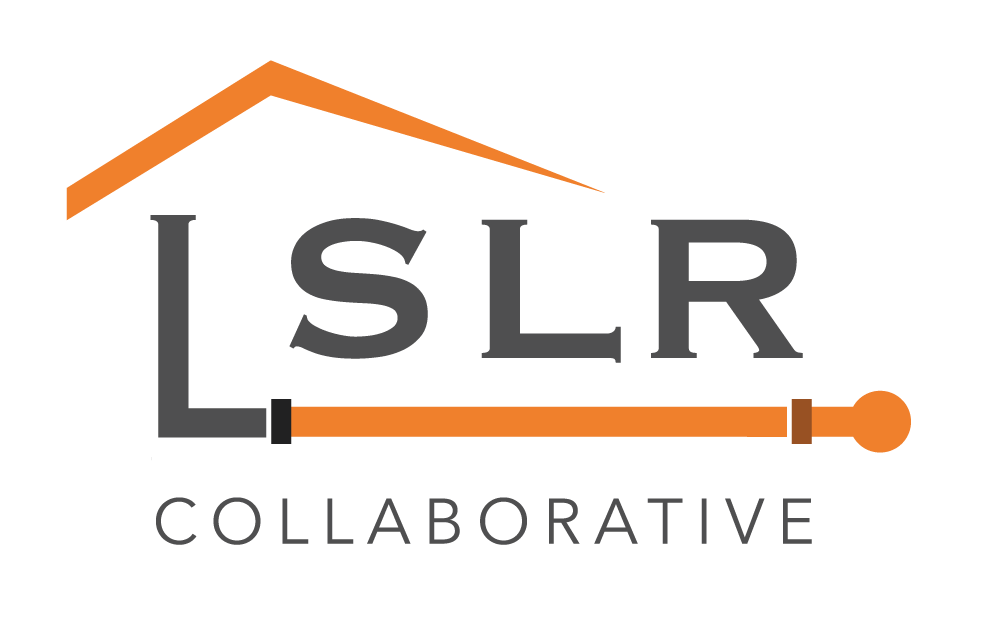|
See the full article online. Denver Post Denver Water will propose the removal of lead service pipes from homes across the metro area — an action rarely seen in the United States and one that could cost roughly $500 million and take 15 years. “Cost is not an issue. Public health is the issue,” Denver Water CEO Jim Lochhead said in an interview Monday morning. The utility estimates that 50,000 to 90,000 homes still have lead pipes connecting their homes to water mains. The metal has been linked to developmental disabilities and other long-term health consequences, though Denver Water already has taken steps to minimize the risk. “The water we’re delivering is safe. This is really a matter of the plumbing,” Lochhead said. Lead from corroded pipes can enter the water as it goes into homes. Denver Water has for years adjusted the chemistry of its water to prevent lead from leaching from the residential pipes. In 2012, the utility’s ongoing testing detected lead in a few homes that exceeded federal limits. That set a long regulatory process into motion. And, now, Denver Water has announced its proposed solution. If regulators approve the plan — hopefully by early 2020, Lochhead said — the utility would:
An environmental group praised the utility’s decision Monday. “It’s leadership, if you ask me,” said Tom Neltner, chemicals policy director for the Environmental Defense Fund. This would be one of the largest lead-removal programs ever implemented in the U.S., he said. Other major utilities, including Washington, D.C., Detroit, Milwaukee and the American Water system in Indiana, are working on similar goals, but Denver’s seems to be among the most comprehensive and specific, Neltner said. The issue leapt to public attention with the water crisis in Flint, Michigan, which began when a new water source started corroding lead pipes. Only two smaller U.S. cities — Madison, Wisconsin, and Lansing, Michigan — have executed full removals of lead service pipes, Neltner said. Lead pipes may be present in Denver area homes built before 1951. The lines are owned by property owners, not the utility, but Denver Water would pay the full cost of replacement. “We’re trying to identify where in our distributor network those lines are located. Essentially any home that is pre-1951 is a potential for lead service line,” Lochhead said. At an estimated $5,000 per house, the program could cost close to $500 million. That would require higher water rates. In recent years, rates have increased by about 3% per year. That could grow to 4% or 5% in upcoming years, he said. Some pipes are already being taken out — the utility and the city of Denver now remove lead lines when they encounter them during construction projects, and Denver Public Schools has started removing lead pipes from schools. But the new program, if approved, would sharply accelerate removal. Currently, about 1,200 lead service lines are removed through public and private efforts. The new program would remove close to 5,000 per year. Denver Water monitors lead levels at several dozen homes with lead pipes. Levels haven’t exceeded the limit since 2012. Federal and state regulators must approve the utility’s plan, which will be submitted later this summer. Denver Water is presenting it as an alternative to an earlier solution ordered by state authorities. Last year, the Colorado Department of Health and Environment ordered the utility to add orthophosphate to its water. Orthophosphate, a fertilizer nutrient, could reduce lead leaching but cause a different set of problems, including algal blooms. If Denver Water followed that course, it would be paying to add the chemical and then wastewater treatment plants would be paying to remove it from effluent. If you suspect your home has lead service pipes, you can reduce your exposure with the following strategies, according to the EPA:
Comments are closed.
|
Have a suggestion for an article or blog to add?
Let us know! Type
All
Date
April 2023
|


 RSS Feed
RSS Feed